A Guide to Starting a Court Appeal
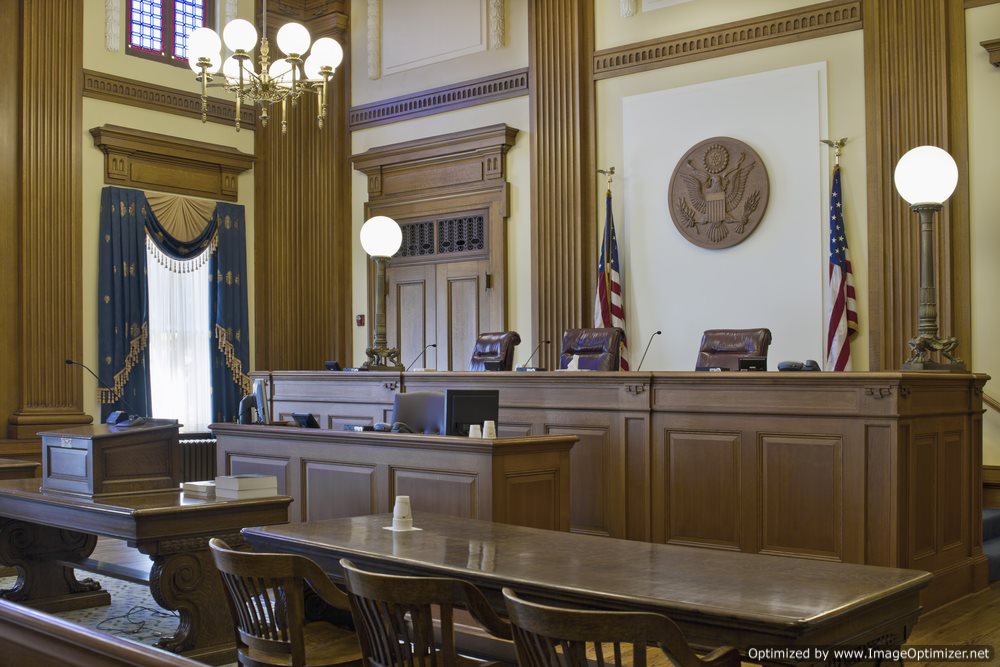



 What is a Circuit Court of Appeals?
What is a Circuit Court of Appeals?
The entirety of the 50 states is apportioned to 11 separate circuits, which consist of a minimum of 3 states per circuit. A circuit court of appeals functions in order to provide individuals or entities with a venue in which to engage in appeal hearings; upon the approval of an appellate hearing, the motion for supplementary judicial review will be brought before applicable circuit court of appeals. However, the only cases permitted to be heard before a circuit court of appeals are as follows:
Cases that have been heard by the applicable ‘lower courts’ existing within the hierarchical court system undertaken by that particular appellate jurisdiction
Cases that involve individuals, events, or circumstances involving an area or location transcending a single state boundary or shared bodies of water
What is the Second Circuit Court of Appeals?
Founded in the year 1948, the Second Circuit Court of Appeals is one of the 11 Court of Appeals that exist within the United States; within this particular circuit over which the Second Circuit Court of Appeals maintain jurisdiction, the following Appellate jurisdictions exist:
The Appellate District of Connecticut
The Appellate District of Vermont
The 1st Appellate Department of New York State
The 2nd Appellate Department of New York State
The 3rd Appellate Department of New York State
The 4th Appellate Department of New York State
Location of the Second Circuit Court of Appeals
The Second Circuit Court of Appeals is located in the borough of Manhattan, which also exists as one of the counties residing within New York City:
Thurgood Marshall United States Courthouse
40 Foley Square
New York, NY 10007
(212) 857-8500
Second Circuit Court of Appeals Personnel
Dennis Jacobs is the Chief Justice of the Second Circuit Court of Appeals
Karen Greve Milton is the Circuit Executive of the Second Circuit Court of Appeals
Catherine O’Hagan Wolfe is the Second Circuit Court of Appeals Court Clerk
Associated Fees
The admission of an attorney into the Second Circuit Court of Appeals has a fee of $190
The presentation of a Notice of appeal has a fee of $455
A Petition for Review has a fee of $450
A Writ of Mandamus has a fee of $450
Requirements for the Chief Justice of the Second Circuit Court of Appeals
In order to serve as the Chief Justice of the Second Circuit Court of Appeals of the State of New York, the following requirements must be satisfied by the candidate for this position:
A candidate must have served a full year within the service of the Second Circuit Court of Appeals
An eligible candidate is not to exceed 65 years of age
All terms served by the Chief Justice of the Second Circuit Court of Appeals will conclude after the 7th year of service; in addition, tenure as a Chief Justice of the Second Circuit Court of Appeals will conclude at the time that individual reached 70 years of age
In addition to the Chief Justice, there exist 13 Justices presiding over the Second Circuit Court of Appeals
The acting President of the United States of America is responsible for the appointment of the Chief Justice of a Circuit Court
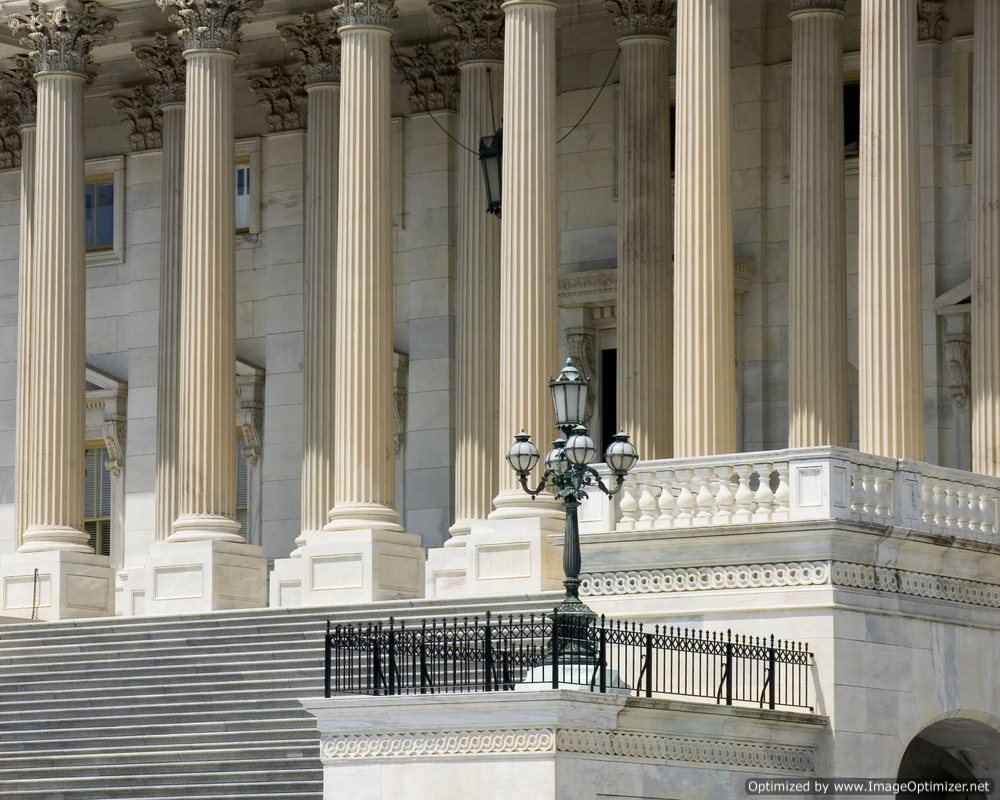
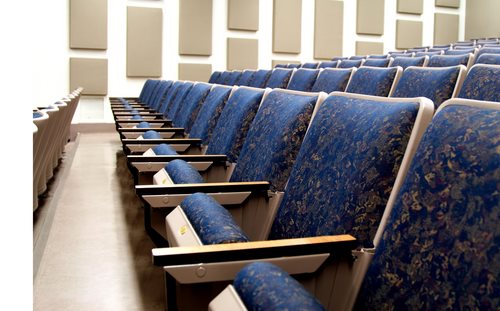
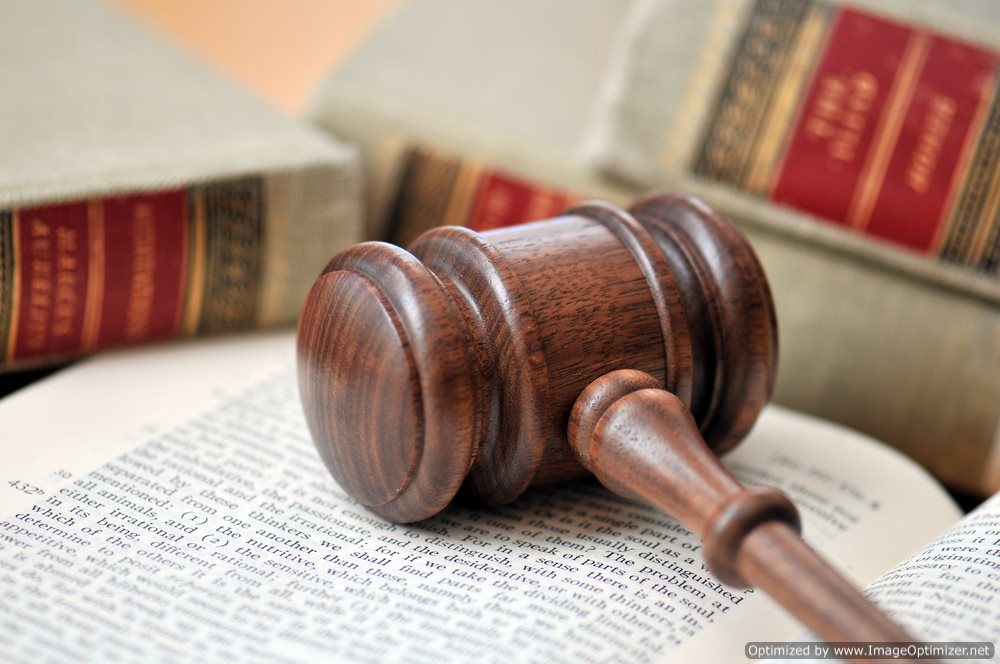
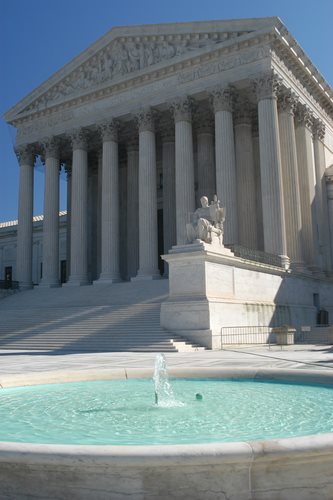 What are Court Appeals?
What are Court Appeals?
Court Appeals are the procedures in which individual court cases may be brought before a court of law in lieu of a preexisting decision set forth subsequent to a trial; in these cases, individuals retain the right to apply for an appeal in court allowing them opportunity to represent their individual cases for supplemental judicial review – judicial review is the legal process in which a presiding judicial body or institution undergoes an analysis of case details latent in order to provide for a decision.
Applications for Court Appeals set forth both resulting from and consisting of bias, subjective analysis, personal dissatisfaction absent of founded proof and evidence, and emotional diatribe should not be submitted; legal defect is a notion that is procedural in nature typically absent of personal opinion – although individuals may be dissatisfied with the initial ruling, Court Appeals will not take place in the event that there lacks evidence of unconstitutionality
Petitions for an Appeal in Court that include presumed judicial oversight, legal defect, legislative mishaps, unconstitutionality, and the violation of rights are one of the many circumstances that may be presented in a letter of appeal; these events should be conveyed in a neutral, unbiased, and informative manner
Civil Court Appeals vs. Criminal Court Appeals
The two primary classifications of Court Appeals exist within the realms of civil law and criminal law. While Civil Court can only mandate financial restitution subsequent to sentencing, criminal court may institute both punitive recourse and financial restitution; however, both a Civil Appeal in Court and a Criminal Appeal in Court have the following in common:
Typically, only the parties involved in the trial may file a petition for Court Appeals; this is contrast to certain jurisdictions existing on a n international level within which anyone involved in the hearing is permitted to petition for an appeal – this includes attorneys and court officials
Individuals engaging within both Civil Court Appeals and Criminal Court Appeals will be eligible to post bail in the event that bail or bond is permitted; in addition, each individual is entitled to legal representation with regard to a hearing taking place in an appellate court
In both cases, filing fees and supplemental charges must be satisfied upon the presentation of applications petitioning Court Appeals
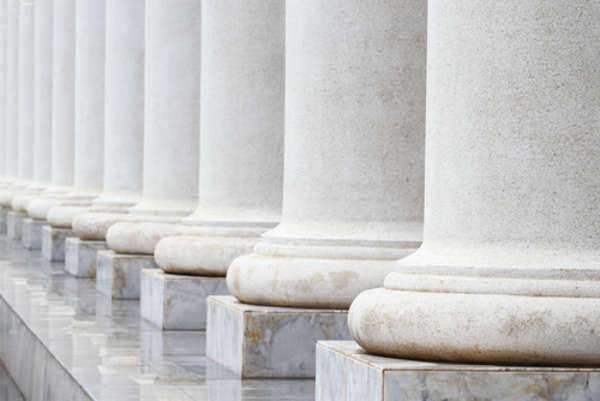

What is the United States Ninth Circuit Court of Appeals?
The Ninth Circuit Court of Appeals, in the United States, is a federal court that possesses appellate jurisdiction over the various district courts in the following national jurisdictions:
District of Alaska
District of Arizona
Central District of California
Eastern District of California
Northern District of California
Southern District of California
District of Hawaii
District of Idaho
District of Montana
District of Nevada
District of Oregon
Eastern District of Washington
Western District of Washington
In addition to the aforementioned districts, the Ninth Circuit Court of Appeals in the United States also possesses appellate jurisdiction over the District Court of Guam and the District of the Northern Mariana Islands—two United States’ operated territorial court systems.
The Ninth Circuit Court of Appeals is headquartered in San Francisco California; the Ninth Circuit Court of Appeals is the largest of the thirteen courts of appeals that currently operate in the United States.
The Ninth Circuit Court of Appeals is headed by 29 judgeships; each judge will travel around the aforementioned circuits, although the court will typically arrange its hearings based on a regional travelling system—for example, cases from the northern region of the Ninth Circuit Court of Appeals are typically heard in Portland or Seattle, while a cases in the Southern District of California will be heard in Pasadena.
Chief Judges of the Ninth Circuit Court of Appeals:
The Chief Judges of the Ninth Circuit Court of Appeals possess a series of administrative responsibilities with respect to their underlying circuits; the Chief Judges of the Ninth Circuit Court of Appeals preside over any panel on which they serve unless a circuit justice (for example a Supreme Court Justice responsible for the circuit) is also established on the panel. Dissimilar to the Supreme Court, where one justice will be nominated to act as chief, the office of chief judge in the Ninth Circuit Court of Appeals will rotate among a series of circuit judges.
To be positioned as a chief judge, the individual must been in active service within the Ninth Circuit Court of Appeals for at least one year, while being younger than 65 years of age and having previously never served as chief judge. Any vacancy present in the Ninth Circuit Court of Appeals will be filled by the chief judge who has highest seniority among the pool of qualified judges. The chief judge of the Ninth Circuit Court of Appeals will serve for a term of seven years or until they reach age 70, whichever occurs first.